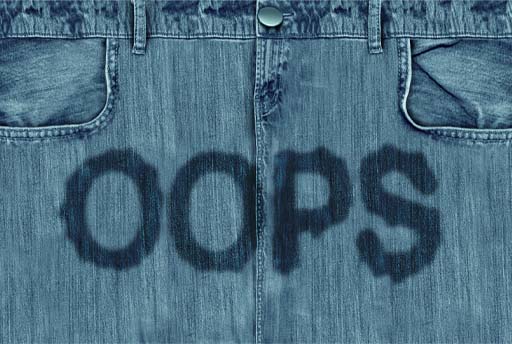Session 4: Pelvic floor muscles: out of sight and often overlooked
Introduction
Pelvic floor dysfunction is a common and often debilitating set of symptoms that can result in many issues for women.
Every woman has a pelvic floor, yet many people know very little about it. Pelvic floor issues are finally starting to get attention from the media and within sport. Generally speaking, the pelvic floor muscles are usually only discussed in relation to childbirth and ageing, but physical activity can also be a contributing factor to developing pelvic floor dysfunction.
Physical activity brings many physical, social and psychological benefits but pelvic floor health may be the only area of the body where the positive effect of physical activity can be questioned (Bo and Nygaard, 2020). Pelvic floor dysfunction is associated with urinary incontinence (UI), or leakage of urine, and this can be a source of embarrassment and discomfort in the active female. This does not mean that women should stop exercising, far from it, but we can’t ignore pelvic floor issues as they are impacting on the female experience of sport.
In this session the often overlooked pelvic floor will be brought into focus, and you will develop an understanding of what the pelvic floor consists of, its role in health and exercise, the factors that affects its function, and how it can be trained and strengthened.
By the end of this session, you should be able to:
- identify the location and function of the pelvic floor muscles
- understand the impact of pelvic floor dysfunction
- apply the principles of pelvic floor training.

